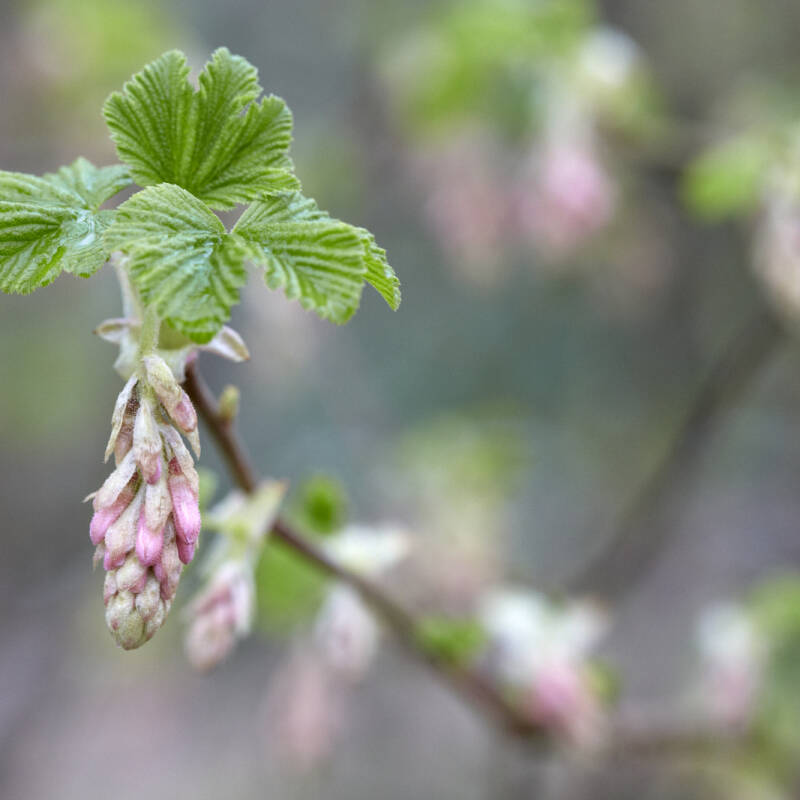Seems like everybody we know is journaling (when did this word become a verb? Discuss) these days.
And with back-to-school season underway, we’ve been looking for an excuse to go shopping for supplies (colored pencils!) of our own. Following the lead of the folks at GRDN shop here in Brooklyn who made a modern version of an old-fashioned garden journal, we made one too. So can you:
See below for a list of supplies and step-by-step instructions.
Do you keep a garden journal? Tell us about it in the comments below.

Supplies:
- Journal
- Glue
- Tape
- Scissors
- Plant Stakes
- Colored Pencils
- Pen
- Photos or Seed Catalog Clippings
- A technical drawing stencil or two for making perfect circles and squares
Step 1: Sketch your garden layout. In my case, that means two window boxes and two small pots. Over at GRDN, they sketched their fire escape. Anything goes.
Step 2: If you have photos of your garden or plants, include those on the pages to remind you of what things looks like (I printed Instagrams using the Printic app and cut out photos from seed catalogs).
Step 3: Tape or glue any plant stakes or seed packets you’ve saved; they often include good information about preferred light and soil conditions. Jot your own notes too; track what did well, what needed improvement and whether you think you might grow a particular again.
Step 4: Keep adding to your journal throughout the season. Since we’re nearing the end of our most abundant growing season, I decided to cut out photos of bulbs I plan to buy for fall planting.

Above: My 2013 garden plan.

Above: I included a photograph of the plants that I grew; next spring I’ll remember what they looked like.

Above: I devoted a separate page to each plant I grew. Since I still had a few seeds left over from my Adventures in Tiny Apartment Gardening, I saved them in a labeled seed envelope. Here’s a whole collection of Seed Saving Envelopes to choose among.

Above: It can be hard to remember what you planted in October come springtime; I cut out clippings of bulbs I plan to plant this fall and included those in the journal, too.

Is your garden starting to wane? If you’ve grown open-pollinators, consider saving your seeds to plant next year.












Have a Question or Comment About This Post?
Join the conversation (9)